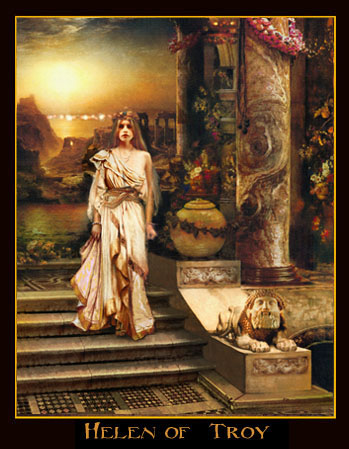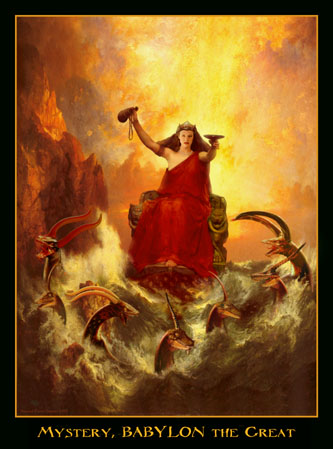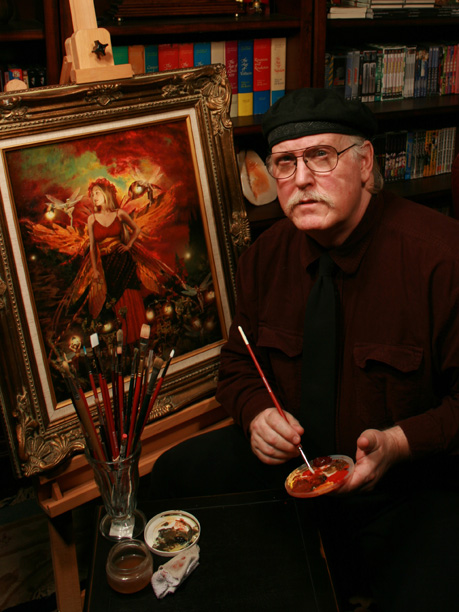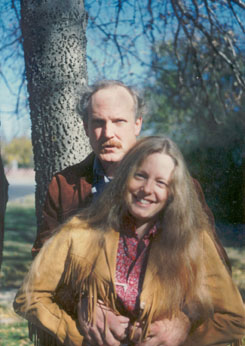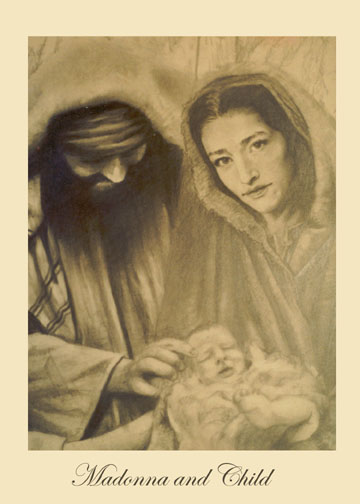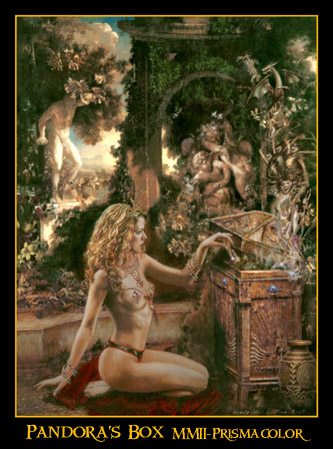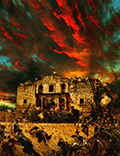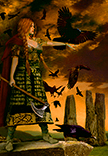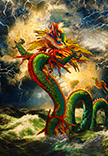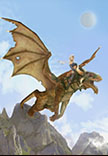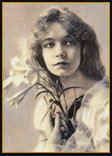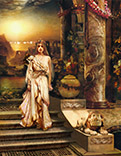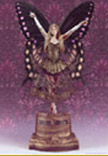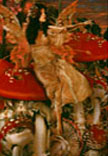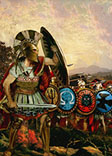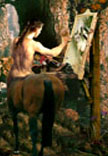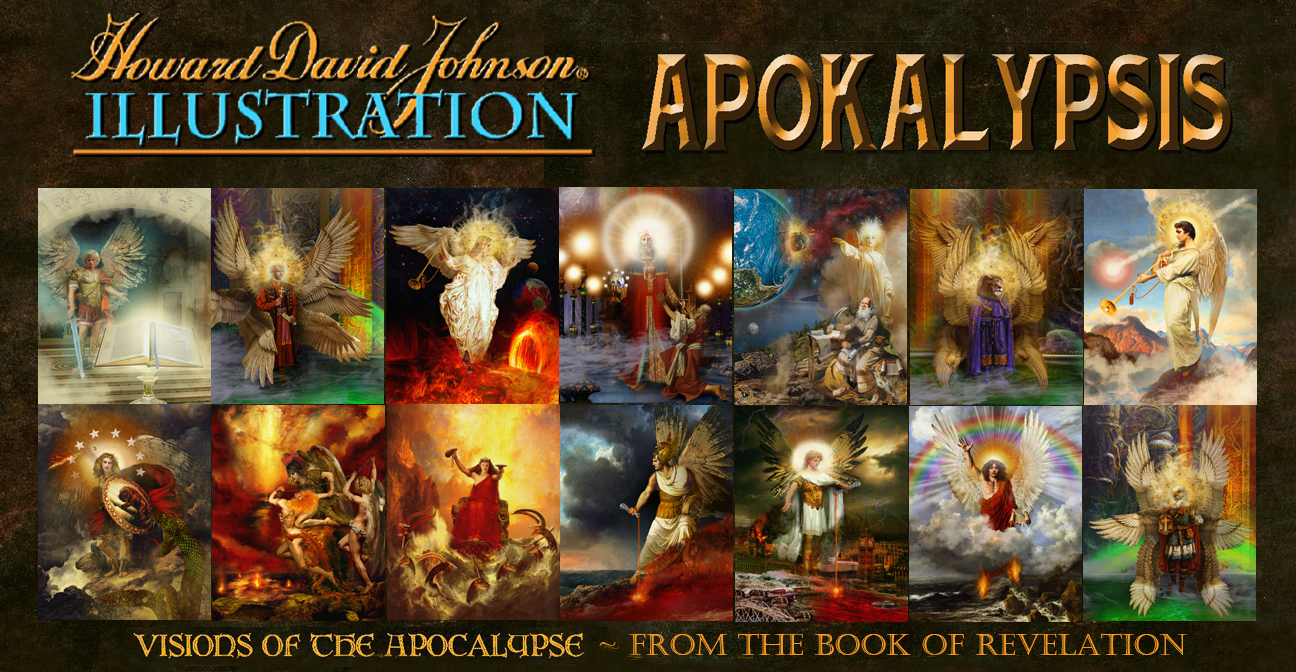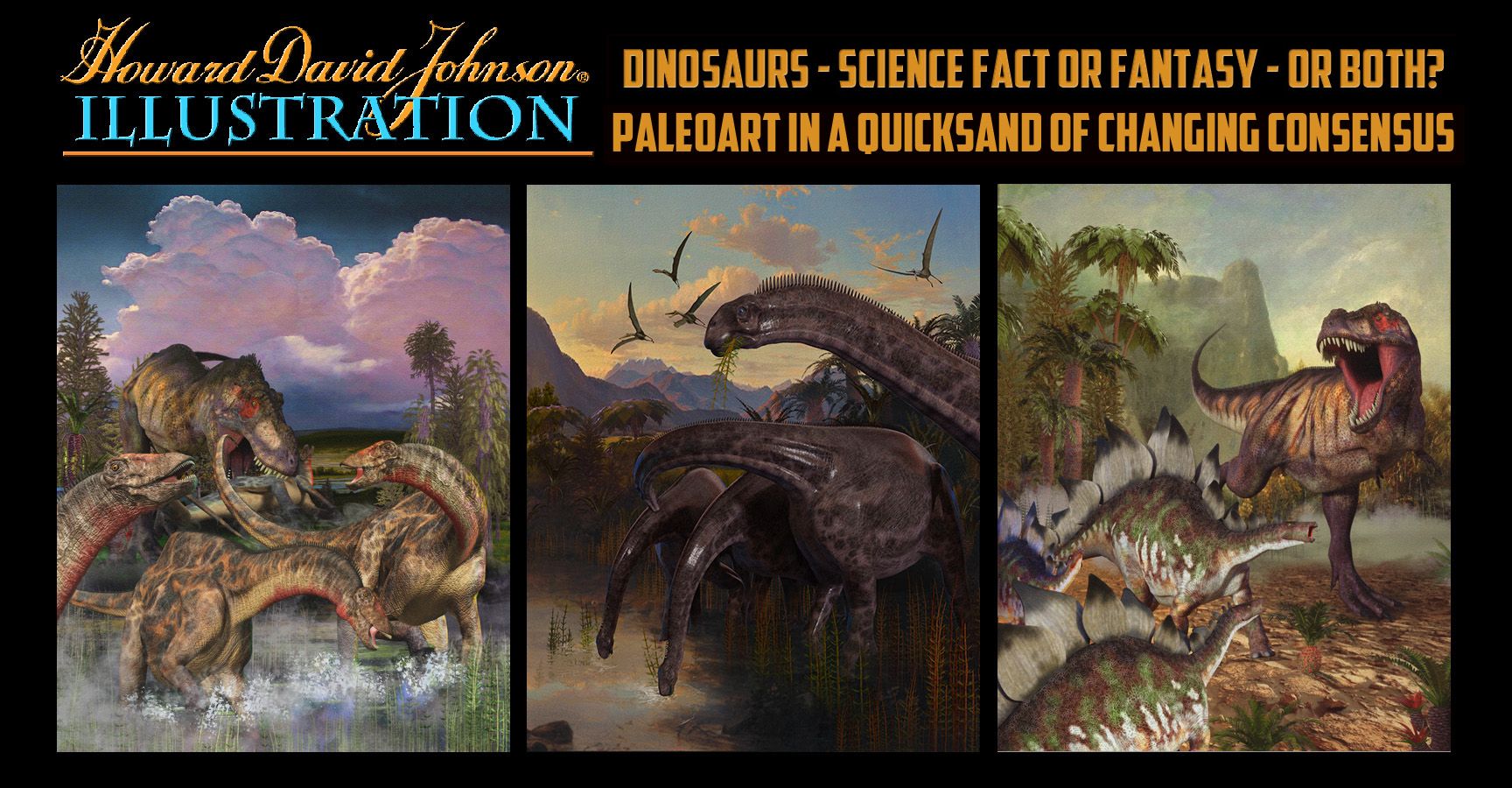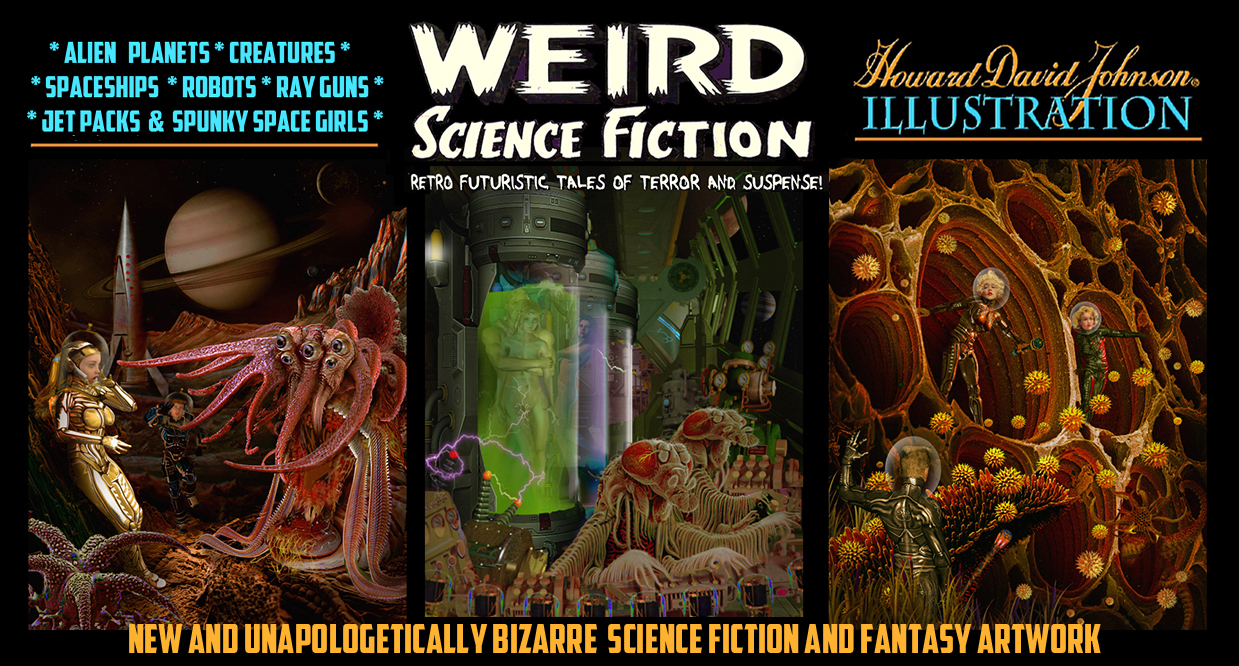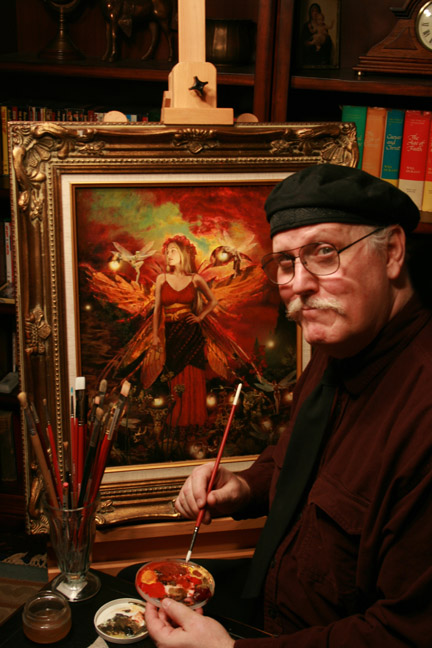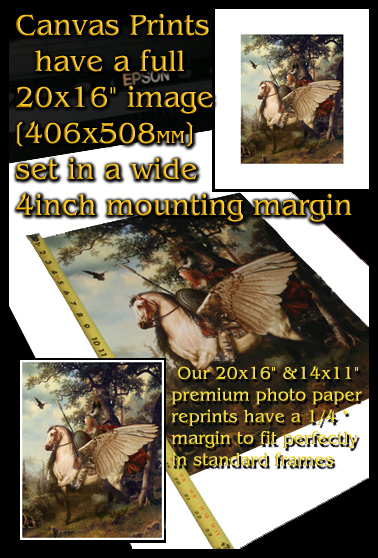|
||||||
"Did you know that many of the breathtaking works Pre-Raphaelites were doing in oils in the 1800’s were declared not to be Art? In London the Royal Academy had a very narrow view as to what qualified. No wonder Rossetti led a rebellion against them. How about Styles? Impressionism is a great example; It was not enough that these institutions rejected the work, but they felt the need to destroy the person’s reputation and livelihood. Of course collectors pay millions for these Impressionistic paintings now, and Curators, Historians and Professional Art Critics all hail them as sensitive works of fine art.

Howard David Johnson - American Illustrator.
These hateful little petty tyrants were unable to keep his name out of the history books or to keep his paintings for selling for millions of dollars. This is the treatment someone who creates a new style gets, but developments in applied technology like manufactured tube paints as opposed to hand mixed paints were violently rejected by these types as well and they forcefully proclaimed anyone who used paints from a tube was not a "real artist". Well, tube paints are pretty well accepted now. So will photography and digital media in time. You probably know how bad Photographers were treated, but now it is a respected Art Form. I Remember the hateful things they said about Pastels and Mary Cassat, and now Pastel Paintings are considered Fine Art and Mary Cassat’s works are regarded as masterpieces. Now that snobs have Digital Artists to look down on, Colored Pencils are starting to get some respect. Our day will come."
~ Howard David Johnson 2006
